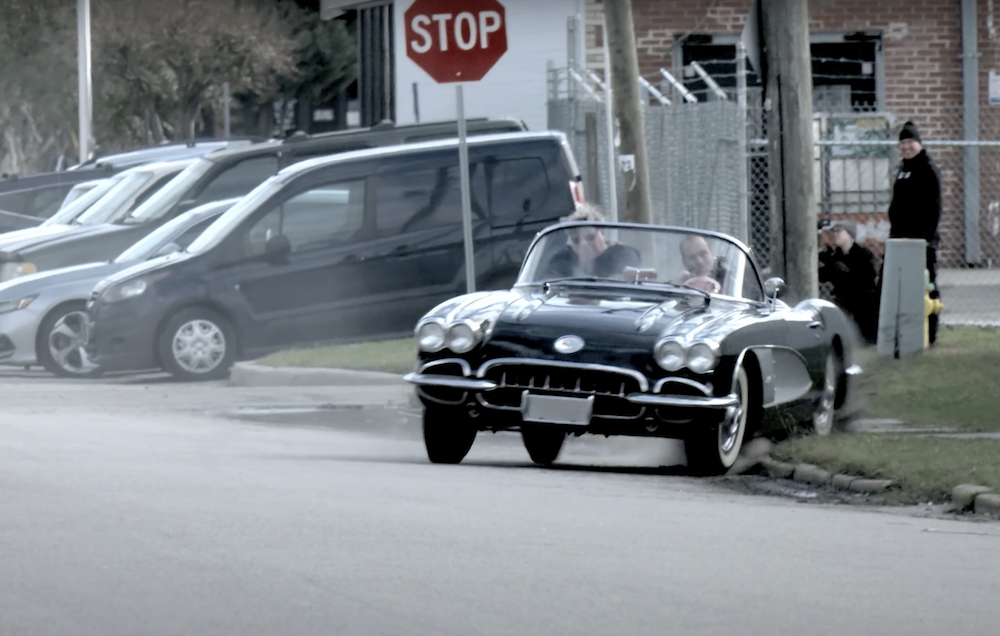Here’s Why Keeping Bias Ply Tires on an Old Corvette Is a Bad Idea
Though we can appreciate painstakingly original vintage Corvettes, there’s a reason why we’ve moved on from bias ply tires.
These days, old, stock Corvettes are cherished relics from the past, an era when, well, everything was different. Technology is light years ahead of where it was back in the 1950s and 1960s, and while we aren’t driving around in flying cars like cartoons predicted just yet, there’s simply no comparing something like a C1 to a C8 – they’re just that different. However, while we can appreciate those that keep their early Corvettes as bone stock and original as possible, there is one particular component worth upgrading – the bias ply tires that originally came equipped on vintage vehicles such as this 1959 Corvette.
In these videos from FantomWorks, we get a tremendously detailed explanation of why radial tires are so vastly superior – and far safer – than bias play tires, as well as what makes each one unique. The old tires in question here utilized polyester cords wrapped around a circle, to which a tire company would pour rubber over to make a tire. Bias ply tires were among the very first ever made, which of course means that technology has progressed to the point where they’re simply inferior.
As our host points out, one problem is that when you add or remove weight to a bias ply tire, its contact patch changes size as well, due to its flexibility. This – and even when a car is cornering and shifting weight from one side to another – changes the traction characteristics of a tire, and can result in some rather unstable handling, as we can clearly see in action in the video below. In fact, it’s far easier to simply crash when one of those tires leaves the ground, or at the very least, when the contact patch gets too small to keep it properly attached to the road.
Radial tires, on the other hand, use strong wire rope, which in all fairness can essentially become destroyed if it hits a curb and puts a kink in the wire or simply breaks it. On the flip side, radials hold their shape under extreme conditions, and as a result, are far more predictable and safe in every way, shape, and form.
Regardless, these newer units are far superior to their predecessors in virtually every measurable way, particularly in terms of safety. And when we’re talking about a performance-focused vehicle like the Corvette, its handling prowess is obviously one of the reasons why we gravitate toward it in the first place – so why hamper it with an inferior, outdated tire?


